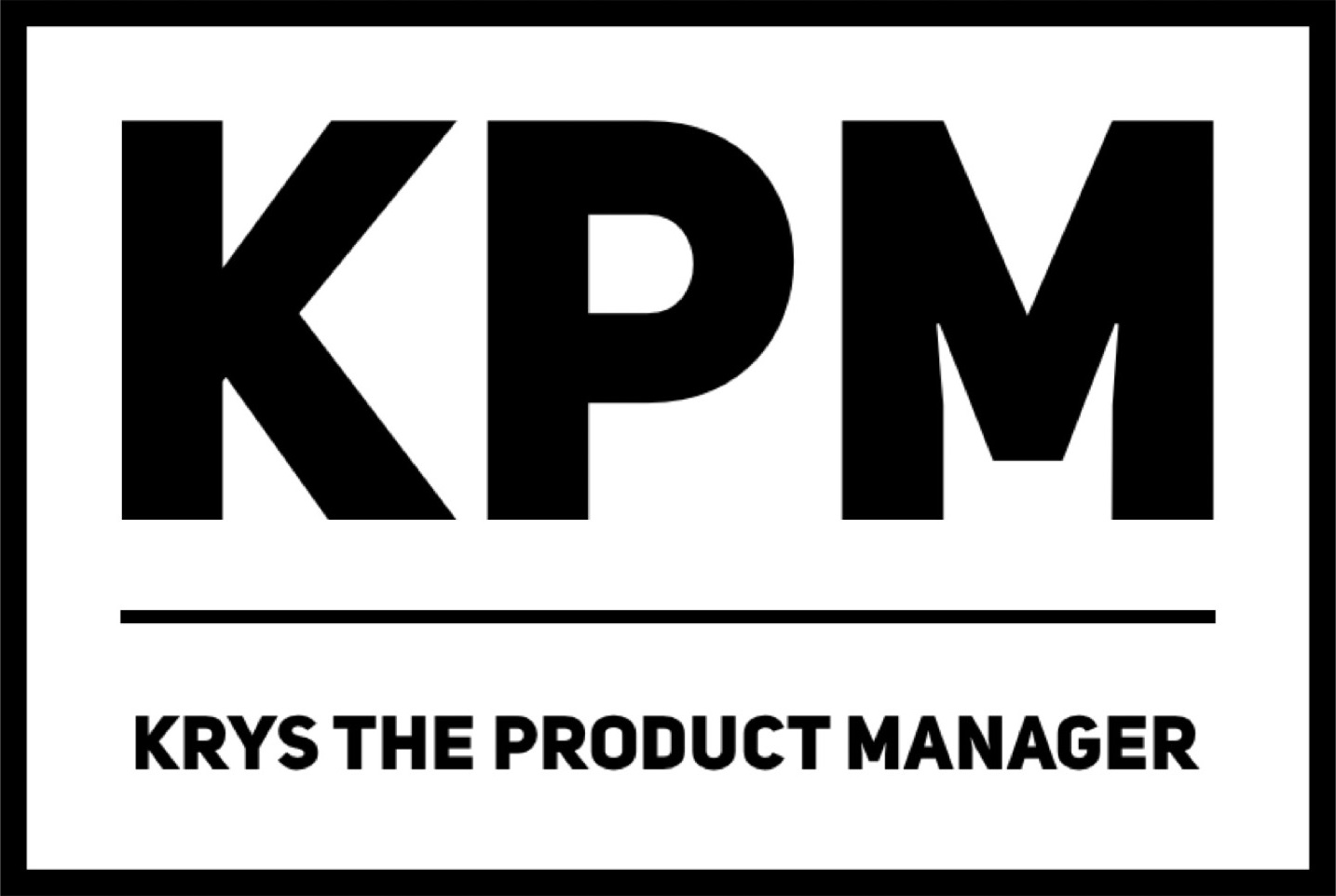Introduction:
In the dynamic world of product management, the fusion of effective UX/UI design with business strategy is more than a necessity—it’s an art. This blog aims to guide both aspiring and experienced product managers on how to harness the power of design to create products that are not only functional but also resonate deeply with users.
Understand the Business-Design Symbiosis
At the heart of successful product management lies a keen understanding of how UX/UI design intertwines with business goals. Recognize that every design decision has the potential to impact your product’s market performance and user satisfaction. Begin by aligning your design initiatives with the broader business strategy. This alignment ensures that your design choices are not only aesthetically pleasing but also contribute meaningfully to the company’s objectives.
Innovation as a Design Mandate
Innovation in design isn’t just about aesthetics; it’s about solving user problems in novel ways. Techniques like “How Might We” statements can shift perspectives, opening doors to creative solutions. Encourage your team to think beyond the conventional, fostering an environment where out-of-the-box ideas are celebrated and explored.
User-Centric Design Philosophy
Understanding and empathizing with your users is non-negotiable. Develop detailed user personas and journey maps to gain insights into their needs, behaviors, and pain points. This user-first approach ensures that your design decisions are grounded in real user experiences, leading to products that truly resonate with your target audience.
Balancing Design and Business Objectives
A product manager must skillfully balance user needs with business requirements. It’s crucial to articulate how design choices align with and advance business objectives. This could mean compromising on certain design aspects to meet budget constraints or adjusting timelines to ensure quality. Remember, a great design that doesn’t serve the business is a lost opportunity.
Risk Management through Prototyping
Prototyping is your best friend when it comes to de-risking design decisions. It allows you to test ideas, gather user feedback, and refine concepts before full-scale implementation. This iterative process not only saves time and resources but also ensures that the final product is well-tuned to user needs and market demands.
Quantify Design’s Impact
Measuring the impact of design decisions is vital. Identify key metrics that align with both user satisfaction and business success. This could range from user engagement rates to conversion metrics. By quantifying the impact, you advocate for the value of design in a language that stakeholders understand.
Fostering a Collaborative Design Culture
Design is a team sport. Encourage collaboration between designers, engineers, marketers, and other stakeholders. Creating a culture of open communication and mutual respect leads to a more cohesive and well-rounded product.
Storytelling in Design
Use storytelling as a tool to communicate design concepts and visions. A well-crafted story can not only engage but also inspire and align teams towards a common vision. Tailor your narratives to resonate with different stakeholders, ensuring that your design message is both clear and compelling.
Continuous Learning for Continuous Improvement
The design landscape is ever-evolving. Stay ahead of the curve by encouraging continuous learning within your team. Attend workshops, follow industry trends, and engage in forums. Every new piece of knowledge is an opportunity to enhance your product’s design.
Conclusion
For product managers, mastering UX/UI design is a journey of continuous learning and adaptation. By aligning design with business goals, embracing innovation, understanding your users, and fostering a collaborative culture, you set the stage for creating products that are not only functional but also delightful. Remember, at the intersection of user needs and business objectives lies the sweet spot for successful product design.
